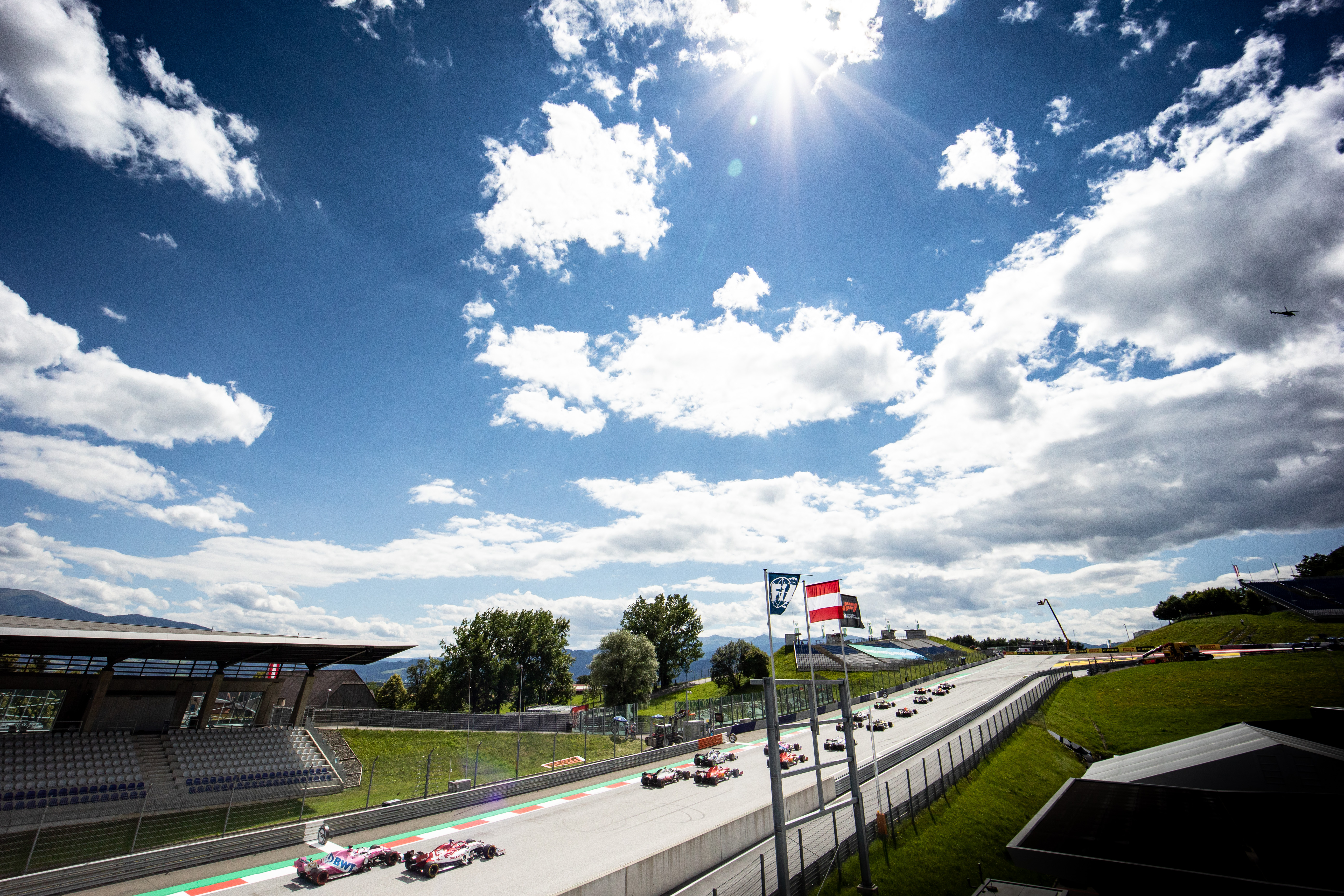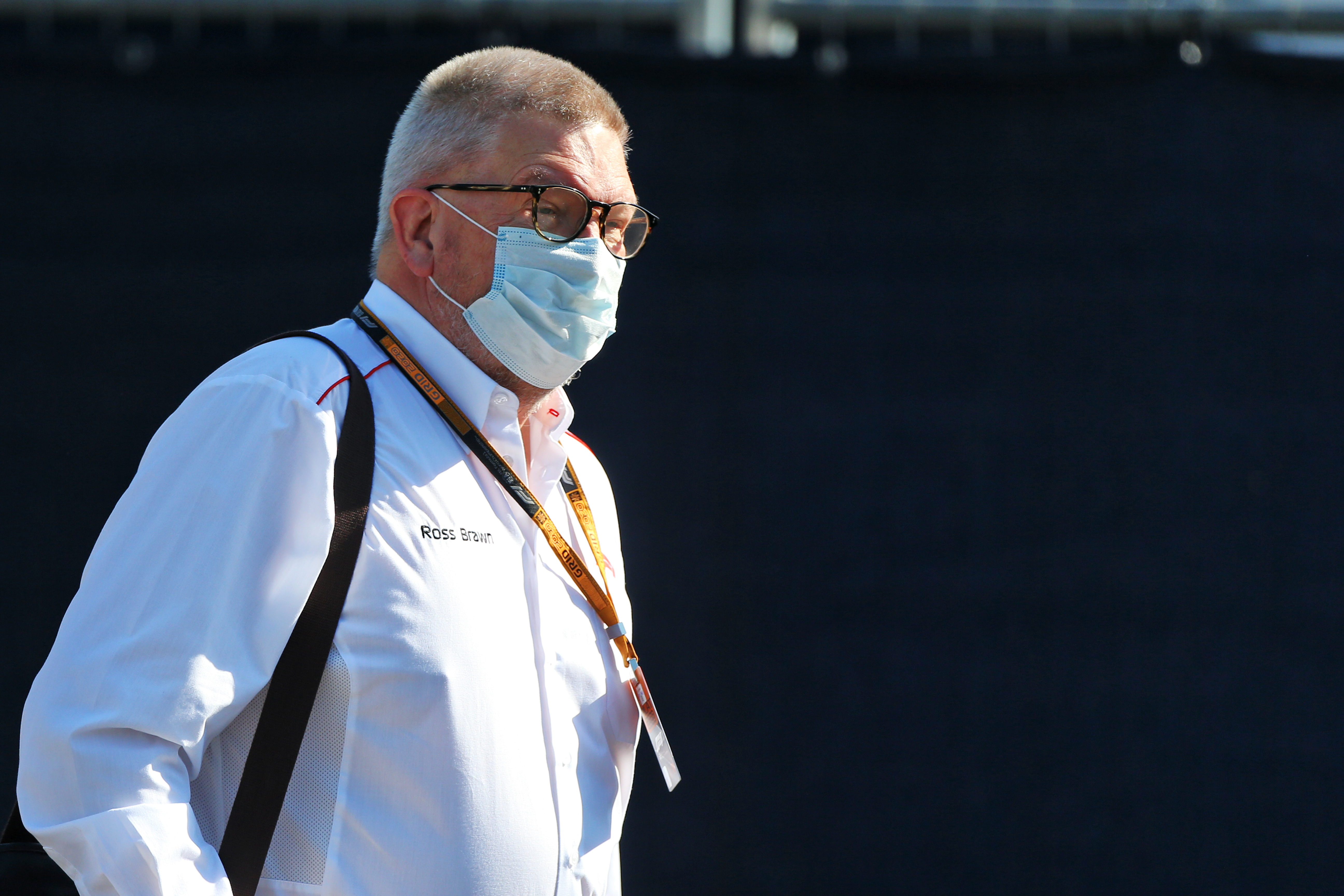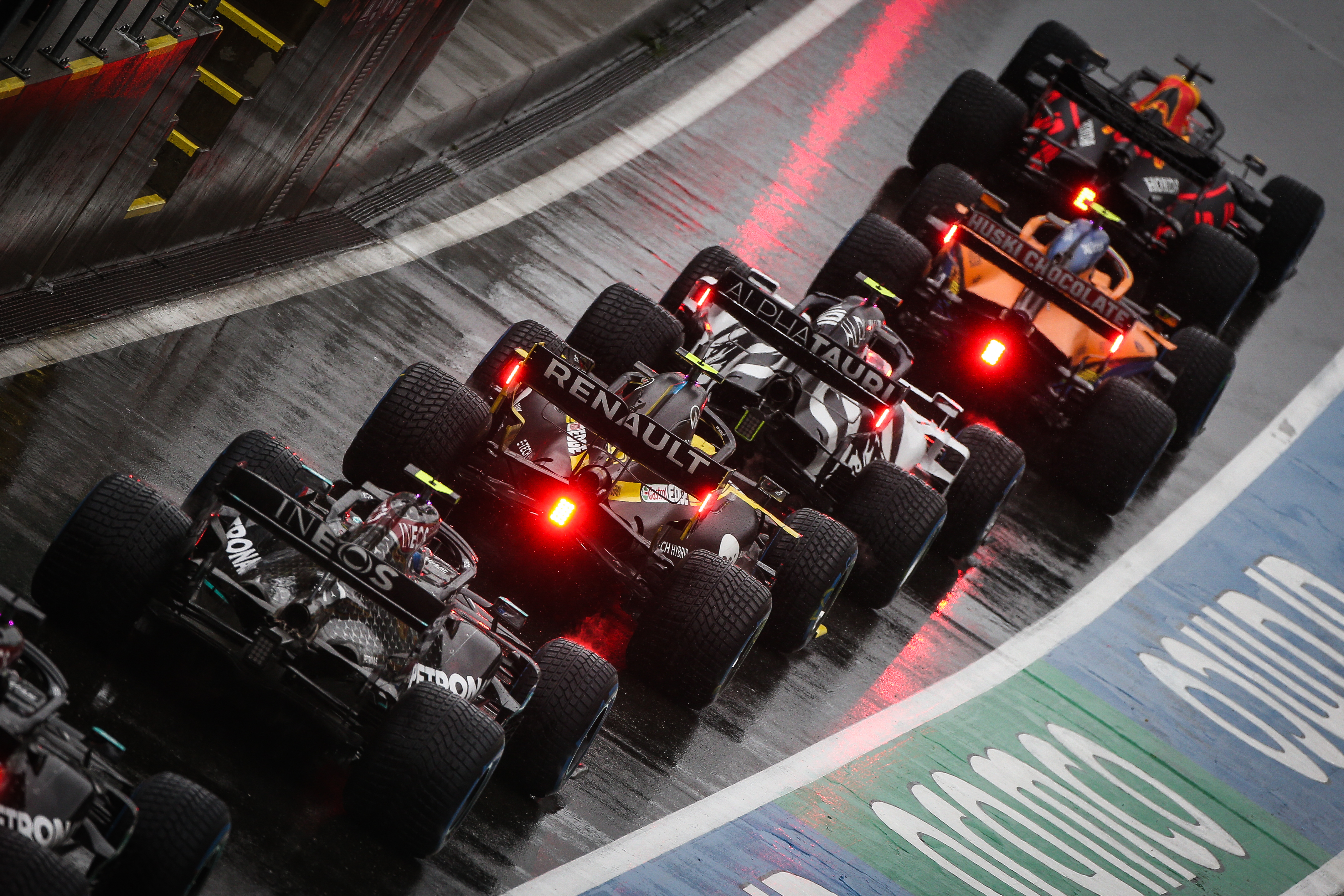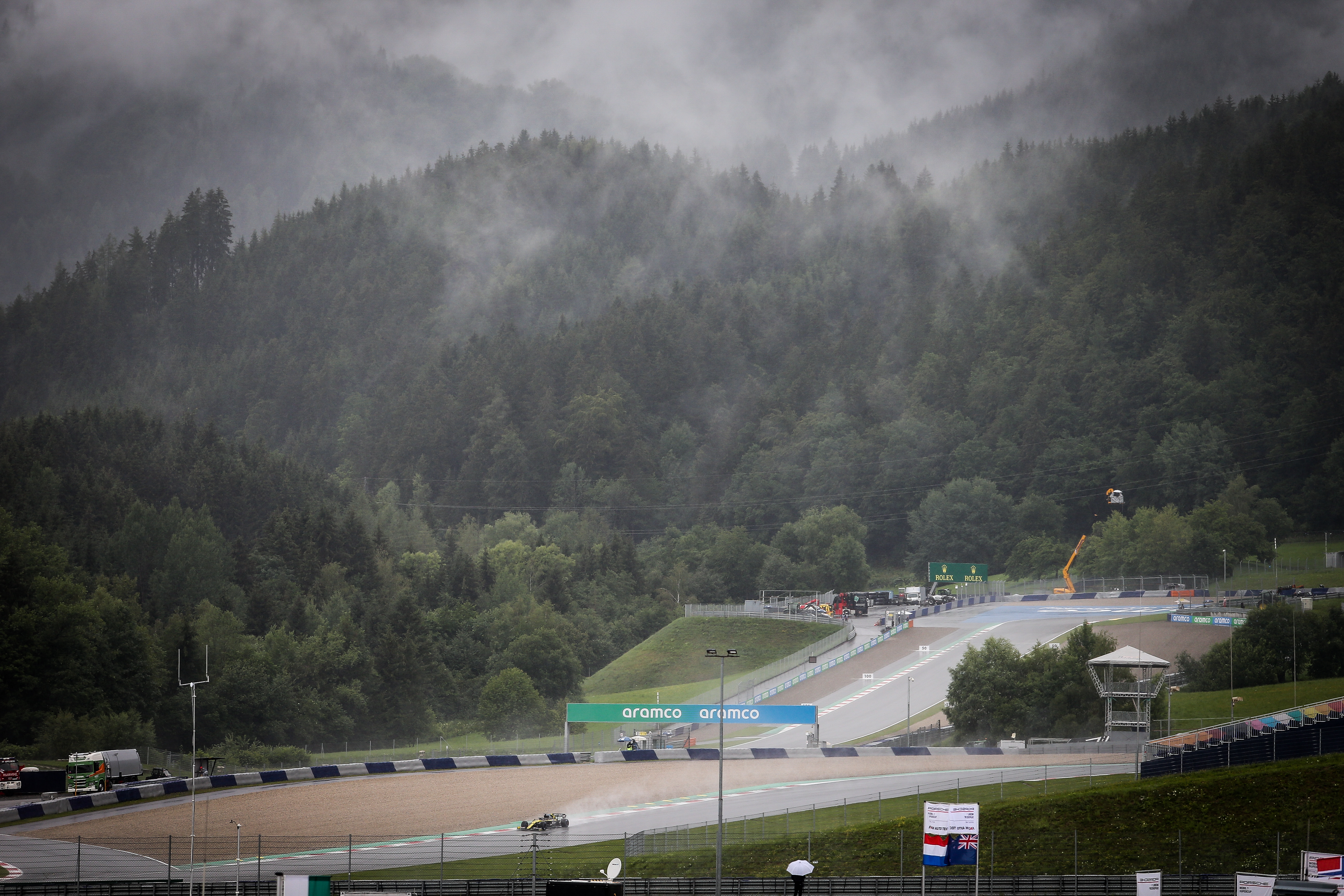Up Next

Two very different Formula 1 grands prix at the Red Bull Ring and the absence of a qualifying race paving the way for a sensational wet session in which Lewis Hamilton produced one of the great pole laps in history…those who argued against the need for reversed-grid action to mix things up in F1 will feel well vindicated after the championship’s Austrian fortnight.
But two different races only support part of the argument. It shows that F1 can rely on ‘natural’ variables like unreliability or weather to make one weekend very different to another, even if the circuit is the same.
That doesn’t mean the second race was great entertainment, or that the second weekend couldn’t be improved. The Styrian Grand Prix was an uneventful race that built to a nice conclusion, at least behind a dominant Hamilton. But the path to get there was quite plodding.
And whatever novelty there was around FP1 and FP2 for the Austrian GP, given F1’s long absence because of the coronavirus pandemic, it had definitely faded by the time we were put through it again one week later.
No doubt the teams were happy for the full allocation of track time, given how much of a car-breaker the first race had been and the fact many had some upgrades to try back-to-back. And the threat of a rained-out qualifying session meant there was the mildly interesting sub-plot of some teams pushing hard for a brief spell in FP2 to set a quick time.
Looking past the quality of the wet qualifying session on Saturday, which jiggled the order slightly beyond the front row, the race ended up very straightforward.
F1 was therefore lucky that the first race was so dramatic, that heavy rain added an unusual variable to the second weekend, and that the Styrian GP had the conclusion it did. But there’s no guarantee that a pair of Silverstone races will benefit from any of that.
All that we know will change there will be one step in tyre compounds, which nobody expects to make a difference.

“I’ve not watched the races so it’s difficult to have the same perspective as you will because we’re in this bubble, it’s a bit of a different viewpoint,” said Hamilton when the top-three finishers in the Styrian GP were asked by The Race if they felt it was a missed opportunity to try something different in the second week.
“I definitely think we should be trying to be more creative maybe, but I don’t know what that is, I don’t have the answers for it.
“But just shifting a tyre is not going to make any difference, literally no difference really for us.”
Hamilton’s Mercedes team rejected the proposal for a reversed-grid qualifying race and Hamilton himself did not advocate it either given the potential for manipulation, although he didn’t quite seem to be talking about the specific Ross Brawn proposal of reversing championship order.
While the option of a reversed-grid qualifying race is now long gone for this season – F1’s managing director of motorsport will welcome any encouragement to experiment, to try something new
“It’s a question of format: if you’re going to do back-to-back, it’s a shame we can’t reverse the circuit and go the other way but obviously that was never in the game plan when designing these circuits,” said Hamilton.
“Reverse of the grid? I think it would just be mayhem, if we qualified at the front and then you put us last it would be a bit of a difficult one and we would probably just end up not trying to qualify for the front so, it is a difficult one.
“I wonder if there are other series that are doing anything different that we could look into.
“We have these two races in Silverstone and we could definitely do something to spice it up, particularly for the second one I think.”

This will be music to Brawn’s ears, because while the option of a reversed-grid qualifying race is now long gone for this season – F1’s managing director of motorsport will welcome any encouragement to experiment, to try something new.
The first thing F1 needs to address is the prospect of four hours of practice at the same circuit that teams have just raced on. By the time we have the ‘70th Anniversary Grand Prix’ it’ll be the fifth round of the season. Interest in practice will have waned significantly.
And while Silverstone is arguably the best circuit on the calendar for natural racing, what will there be to differentiate its second race from the first if the format is exactly the same and performance is mirrored?
Because let’s not forget that without the unpredictability of the season opener and the wet qualifying session for round two, the pecking order wouldn’t have changed in Austria – Mercedes had the edge, Red Bull too slow as second-best, Ferrari was in the midfield, etc. etc.
And an exact format repeat just increases the likelihood that teams will optimise their packages, which increases the probability of qualifying being a routine affair, which means the race starts with most cars lined up in pace order and then we have all the ingredients for a straightforward race.
None of that guarantees the next F1 double-header at the same venue will be boring, and it doesn’t mean F1 should pursue a raft of gimmicks to make the second race different just for the sake of it.
But it does warrant further consideration, not just for these events but perhaps even beyond the 2020 season, given Brawn wants reversed-grid races on the table for 2021, when this year’s cars will be carried over and some fear it will just be a ‘Part 2’ of the current championship.
Not everybody’s fussed about making sure the second weekend isn’t a repeat of the first. Max Verstappen’s point is that “it’s fine, it’s more important that we are racing”.
There’s no doubting that F1’s return is the priority here. And the fear of cheapening the product with a gimmick is understandable. But the nature of how F1’s return has been facilitated means it does have an unusual situation, so it still feels like a missed opportunity not to have embraced it in some way.

Valtteri Bottas’s point was that F1 benefited from natural variables and can usually rely on something to change, because no two races are the same. Which is not an unfair position at all, but retaining the status quo does suit the championship leader quite nicely. And even he acknowledged some interest in doing something different.
“The weather played a part and mixed things up a bit (in qualifying) and it was a completely different kind of race weekend even though it was the same format, the same track,” said Bottas of the Styrian GP.
“I think that’s the beauty of the sport, there are always so many unknowns and so many things that can happen.
It’s not about cheapening the product it’s about finding a way to improve it where possible
“So for me it’s not really a big issue. But, yes, I agree with Lewis, I think we could be creative.
“It just needs to be done in the right way.”
Verstappen would have started a reversed-grid qualifying race at the Styrian GP from pole position following his early Austrian GP retirement.
He deserves credit for not going for a cheap ‘this would have helped me, so I’m annoyed we didn’t do it’ response.
“I don’t really think there’s a lot of options to play with because simply I don’t think they allow us to use softer tyres for safety reasons,” he said.
“I don’t know what you can do. Yeah, they talked about the reverse grid but it would have been a bit weird to know that if you retire in the first race, as I had, then you start from pole in the second.”

And it’s understandable that the drivers at the front aren’t that vocal about giving away their inherent performance advantage, or that they acknowledged the risk of a pair of indistinguishable race weekends but don’t know what the solution is.
But one of the strongest arguments for trialling a reversed-grid qualifying race in the second part of a double-header was that we would then have a concrete answer to how it worked in reality.
That argument goes for anything F1 could trial at the second Silverstone race. This does not have to be reduced to a debate about whether or not F1 should have reversed-grids, when it’s really a call for other creative solutions there might be.
It’s not about cheapening the product it’s about finding a way to improve it where possible.
Brawn will probably take note of Hamilton’s support to “spice it up” at Silverstone. But rather than say ‘I told you so’ and point to its rejected reverse-grid proposal, F1’s best response will be to find an alternative.




